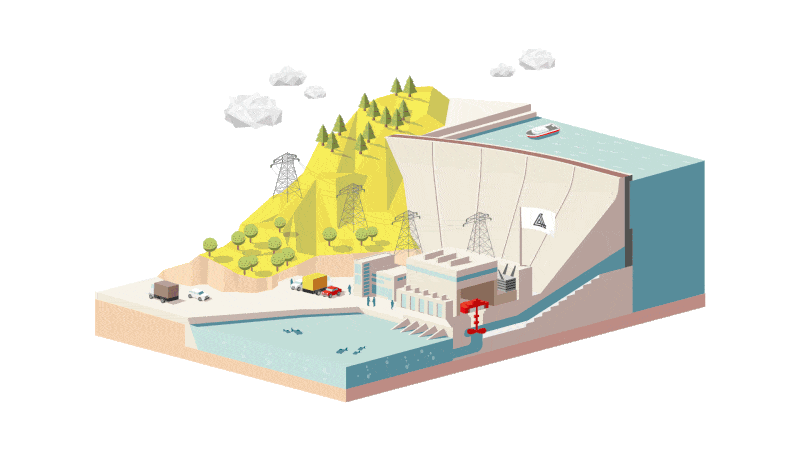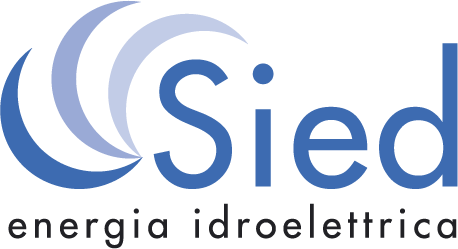How a power plant works
Water has been used for the production of power force since ancient times: initially for handling of millstones and knitting machines up to the generation of electrical energy, originating from hydraulic engineering works that have given a start to hydroelectric power plants.

The operating principle of a hydroelectric power plant exploits the movement of large masses of water through the leap that is generated by a difference in height: a certain amount is collected at a determined altitude to be returned, without any chemical-physical alteration, to a lower one.
The potential energy of water is thus transformed into kinetic energy which, in making its leap, rotates the turbine connected to an electrical current generator, also called alternator, which in turn produces electricity.
This happens in two steps: first through a distributor and then through an impeller. If both are adjustable, the turbine is said to be a double-regulator, but if only one part is regulating and the other is fixed, it is defined mono-regulator or helical.


